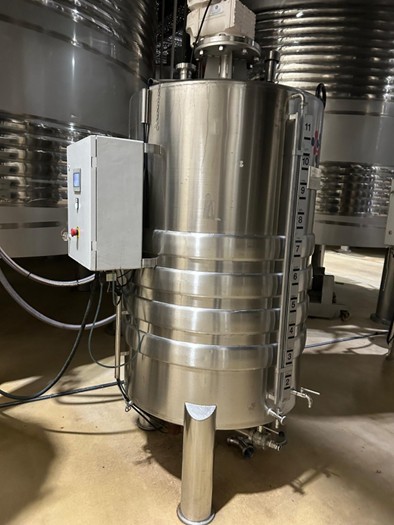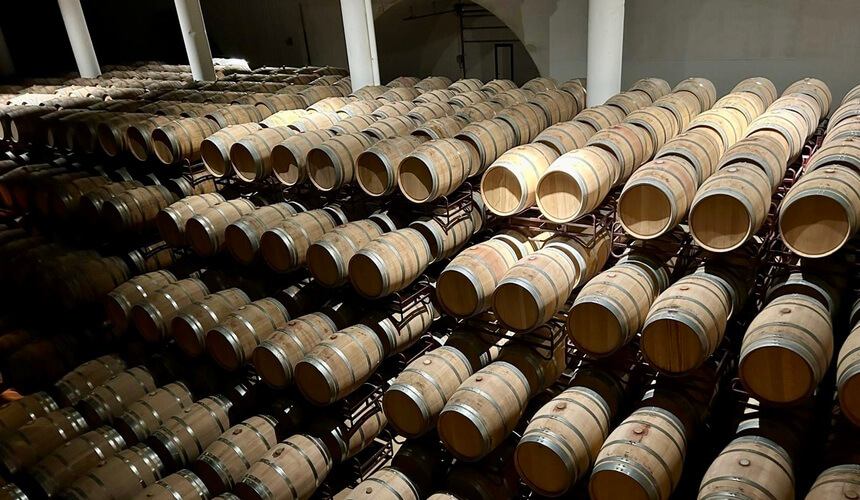On a recent trip to Rioja, aside from tasting through the range of incredible wines of Vega and Albret, I was captivated by the use of yeast in the winemaking process.
Of course yeast is used in all forms of winemaking around the world, however at Rioja Vega, I was introduced to some new ‘high tech’ machinery which cultivates the desired yeast strains chosen by the wine maker to be used in the various wines they produce.
Although we know yeast is used in winemaking, I was never quite sure about how it was cultivated or indeed added.
Naturally occurring yeasts
Found on the grapes in the vineyard.
The wine maker at Rioja Vega will collect around 100 samples of yeasts from around the various plots and then select about ten out of those to use going forward.
These yeasts are cultivated in the lab then stored and grown in what I can only describe as cylindrical tanks about the size of an average household water tank (with some high-tech computer system attached).
The reason the winemaker selects this naturally formed yeast is to assist in achieving the best possible flavours in the wines they make and be representative of the style of wine which would come from the terroir around the vineyard.
Using naturally occurring yeasts means the fermentation time might take a little longer. However, it does mean the wines can achieve the desired structure and flavour profile the wine-makers set out to achieve.
By using yeasts taken from the producers own vineyards, the wine will display more complexity and structure.
Commercial yeasts
Commercial yeasts are strains of Saccharomyces cerevisiae, the most common yeast used in winemaking, that are cultivated in a laboratory to ensure consistency and reliability.
Winemakers will choose commercial yeasts to control fermentation and achieve desired flavor profiles. The different strains of commercial yeast produce distinct flavours and aromas, allowing winemakers to tailor their wines to specific styles. A good example is if a mass-produced Chardonnay is made using Commercial yeasts, it can often have a strong aroma of banana.
The advantages of commercial yeast include giving the wine-maker consistency each vintage despite different growing conditions. This predictability is very helpful in making the whole wine -making process easier by controlling the fermentation process. And, very importantly, they are less prone to spoilage or off-flavors compared to wild yeasts.
Although this all sounds like a sensible route to go down, some winemakers argue that wines made with commercial yeasts can lack the complexity and nuance of wines fermented with wild yeasts.
The Yeast Cultivation Tanks

Johnny Pearson,
Regional Account Manager
 Back to blog
Back to blog



